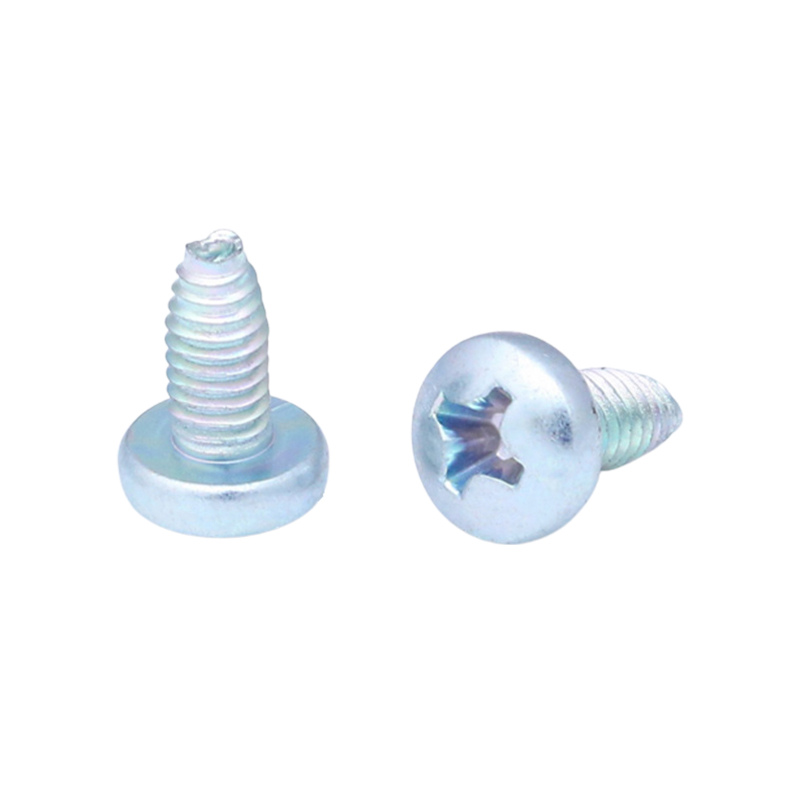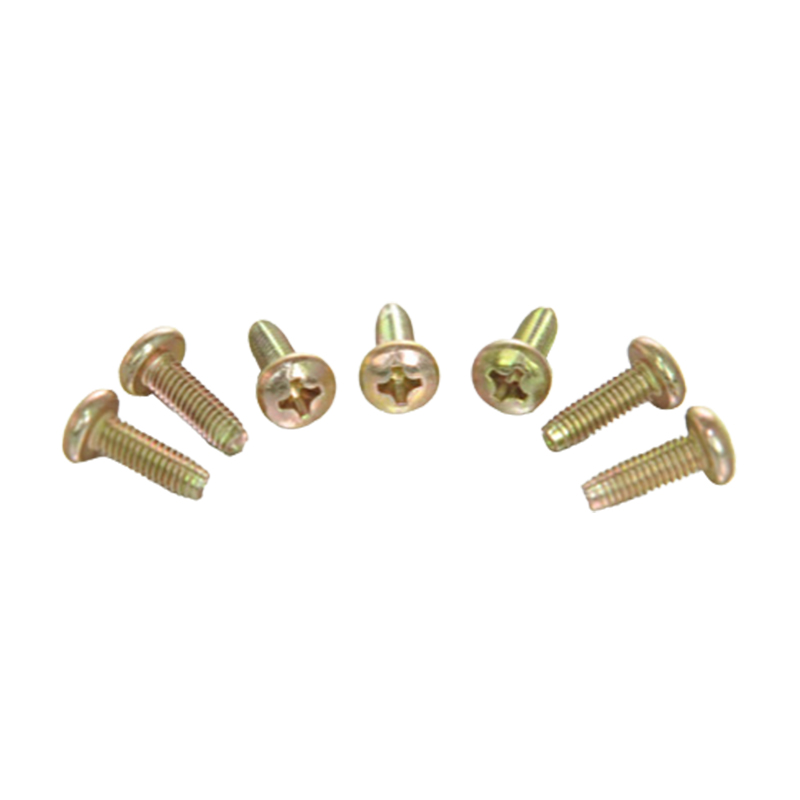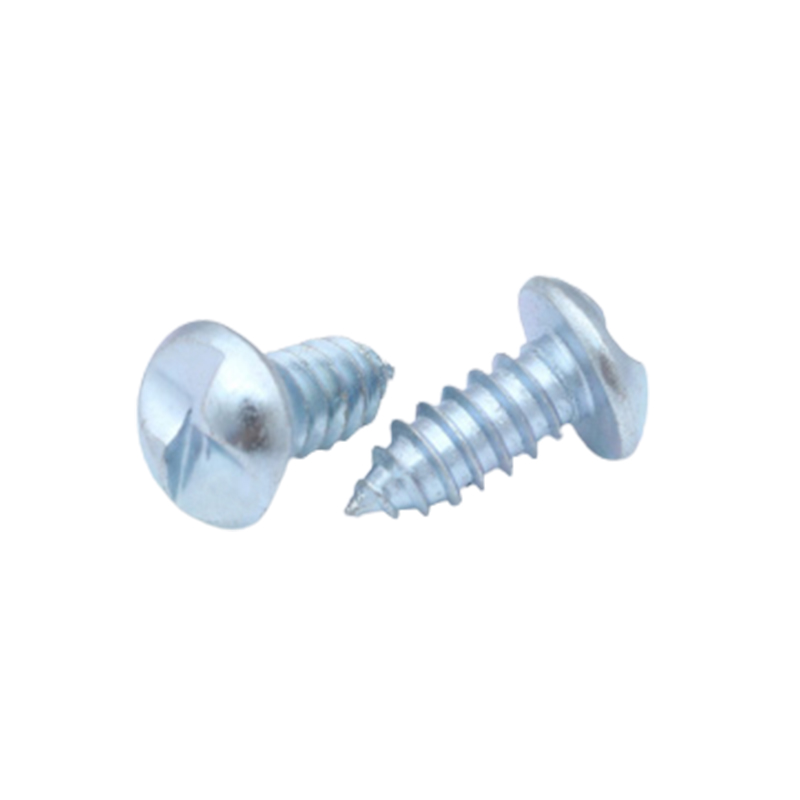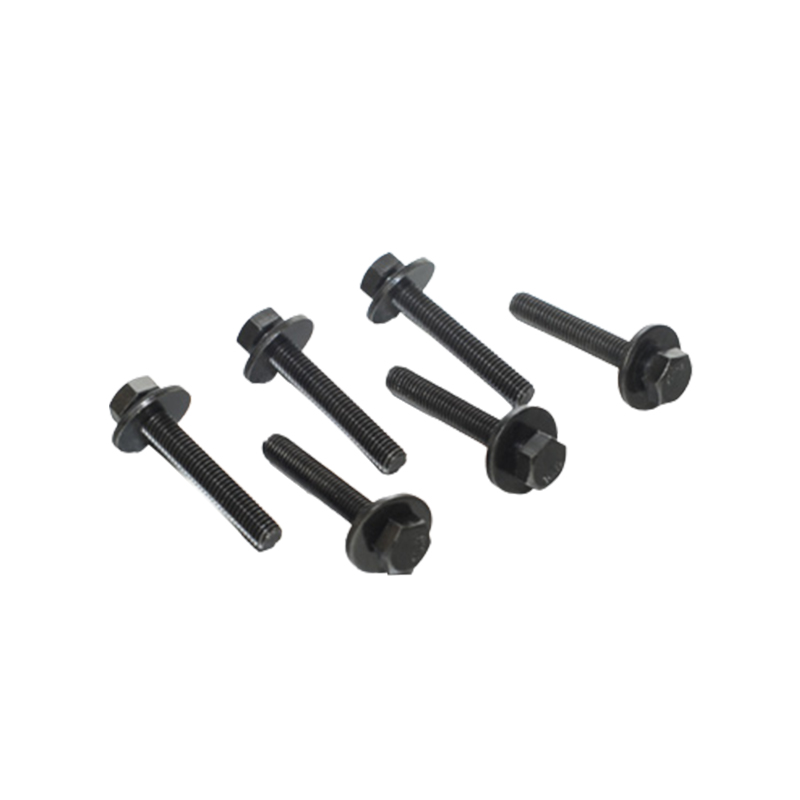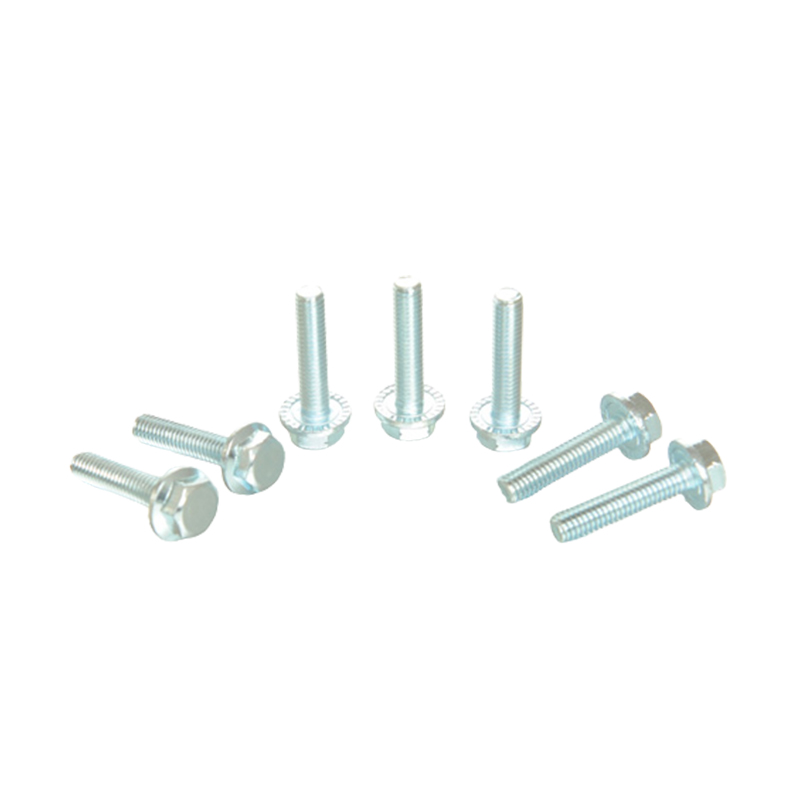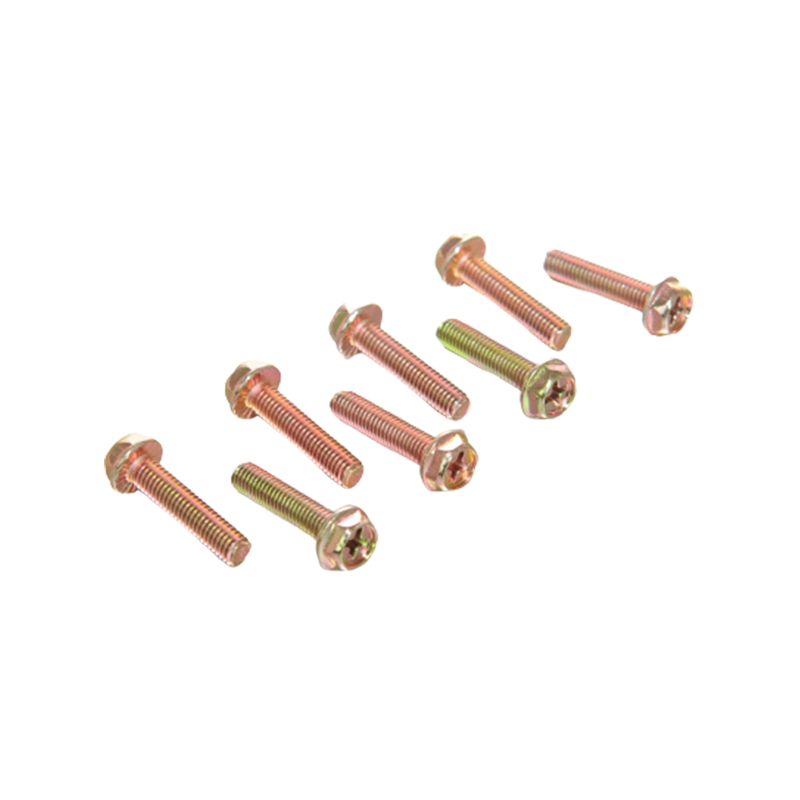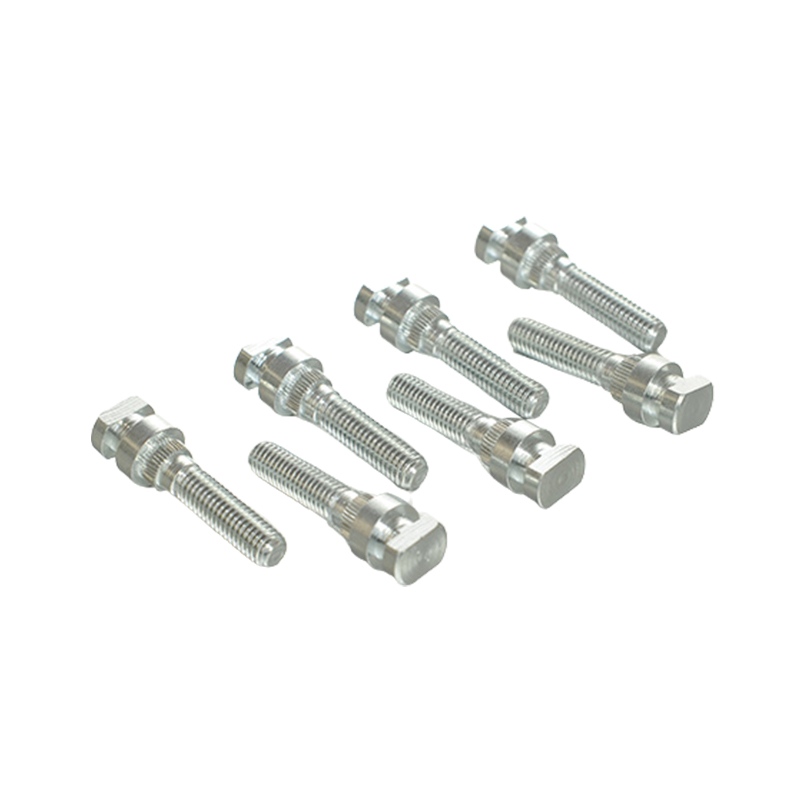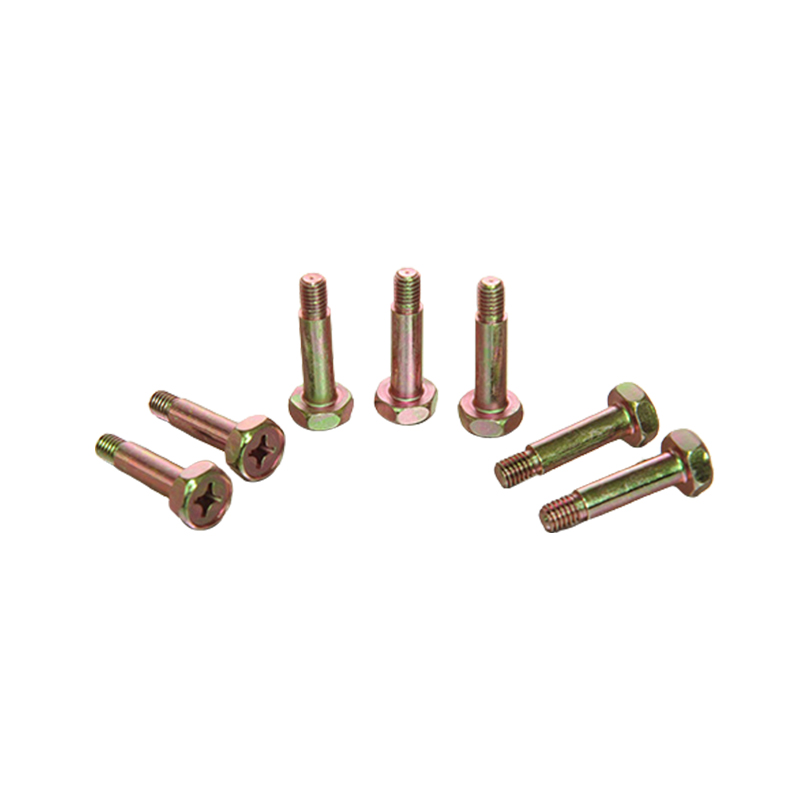As a fastener commonly used for connecting metal sheets, the main feature of the pressure riveting screw is that the screw is pressed into the hole of the sheet by special equipment or pressure during installation, so that the knurled structure or flange part of the bottom is embedded in the sheet, thereby achieving a firm connection with the base material. Because its installation method is different from the screw-in structure of ordinary screws, it has been widely used in many applications that require stable connection and durability.
It is necessary to understand the anti-loosening performance of the pressure riveting screw from the structural principle. pressure riveting screws usually form a connection through interference fit and physical embedding. The bottom of the screw is designed and processed to have a certain bite force and anti-rotation performance. During the pressing process, the sheet will produce plastic deformation in a local area, thereby wrapping the specific structural area of the screw and forming a strong mechanical bite. Unlike ordinary screws that rely on thread friction to achieve locking, the self-clinching structure tends to resist external disturbances through physical locking.
In practical applications, if the equipment or components are in an environment of continuous vibration, periodic shock or rapid load changes, any connection structure may face the risk of loosening. Although pressure riveting screws have certain anti-loosening performance, whether they are stable or not still needs to consider many factors. The first is the quality of the press riveting. If the pressure is insufficient, the hole diameter is not appropriate, or the sheet material is too soft during the press riveting process, the press riveting may not be firm, thereby reducing the vibration resistance. The second is the working environment. For example, in the fields of high-frequency vibration such as transportation equipment, automated machinery, and aviation components, if the press riveting screws are not combined with other auxiliary fastening designs, there is indeed a certain risk of loosening.
To improve its stability, engineers will adopt a double fixing strategy in some applications. For example, after the press riveting is completed, the connection is further reinforced by assemblies such as nuts and washers, or thread lockers are used to enhance the vibration resistance. In addition, the material and surface treatment process of the press riveting screws will also affect their long-term stability. High-strength alloys or heat-treated screws are more reliable in dealing with deformation and impact forces. At the same time, surface treatments such as electroplating and phosphating can also prevent structural loosening caused by corrosion.
It is worth noting that in some high-demand assembly scenarios, professional testing will be carried out on the quality of the press riveting, such as controlling parameters such as riveting strength, rotational resistance, and axial tension to ensure that it meets the actual working conditions. These quality control measures play an important role in improving the stability of pressure riveting screws in long-term use.




